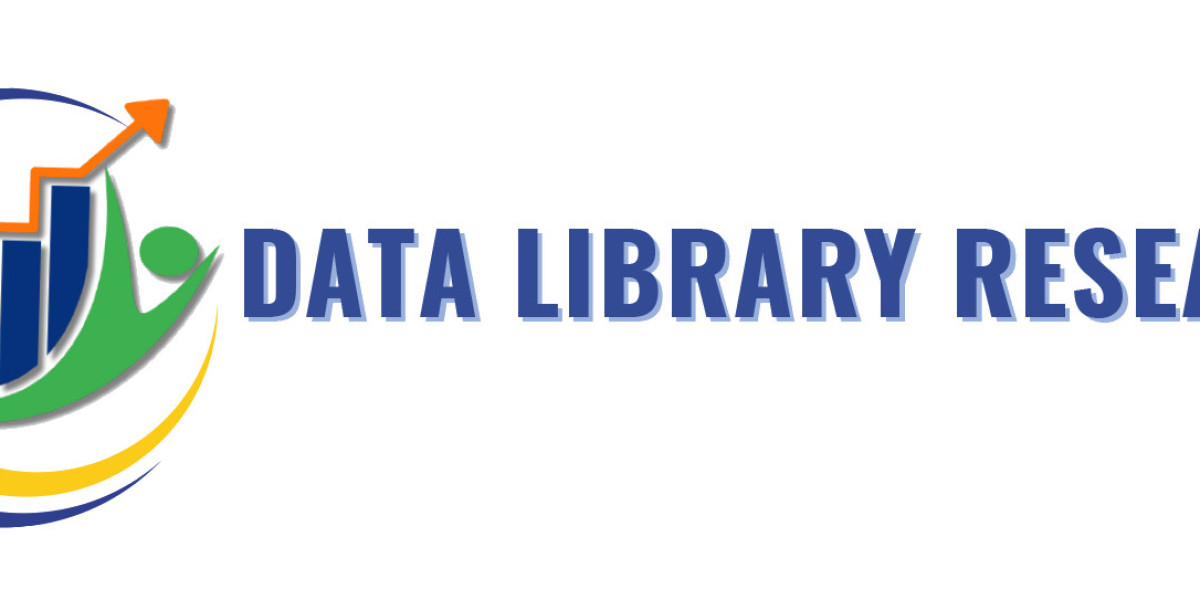Figurative language techniques are the very tools that help writers in literature and academia bring out their ideas and emotions effectively. These techniques add beauty to a text and even shape the way in which readers perceive and relate to the material. Students and professionals looking for help to master these techniques will find expert guidance at Assignment Help UK services, tailored to their needs.
Understanding Figurative Language Techniques
Figurative language is the use of words with meaning other than their literal use in descriptions or importance. Common techniques will include metaphor, simile, personification, hyperbole, and symbolism-all serving a purpose to make the understanding and emotional connection to a reader of the text.
Metaphors and Similes
Metaphors and similes are among the most widely used figurative language techniques. While metaphors directly compare two unrelated concepts (e.g., "Time is a thief"), similes use "like" or "as" to draw comparisons (e.g., "Her smile was as bright as the sun"). These techniques allow writers to create powerful imagery, enabling readers to visualize abstract ideas more concretely.
Impact on Reader Interpretation: Metaphors and similes help readers relate to unfamiliar concepts by linking them to familiar experiences. This connection fosters a deeper understanding and emotional resonance, making the text more impactful.
Personification
Personification attributes human qualities to non-human entities, such as objects, animals, or ideas. For example, "The wind whispered through the trees" brings the inanimate force of wind to life, creating a vivid and relatable image.
Impact on Reader Interpretation: By humanizing non-human elements, personification makes abstract or distant concepts more accessible and engaging. It helps readers emotionally connect with the narrative, enhancing their overall experience.
Hyperbole
Hyperbole involves deliberate exaggeration for emphasis or effect. Statements like "I'm so hungry I could eat a horse" are not meant to be taken literally but serve to stress the intensity of an emotion or situation.
Impact on Reader Interpretation: Hyperbole captures the reader's attention and emphasizes the significance of a point. It also adds a dramatic flair that can make the text more memorable and engaging.
Symbolism
Symbolism uses symbols—objects, characters, or actions—to represent larger concepts or ideas. For instance, a dove often symbolizes peace, while a storm can represent turmoil or conflict.
Impact on Reader Interpretation: Symbols enrich a text by adding layers of meaning. Readers are encouraged to think critically and uncover hidden messages, making the reading experience more thought-provoking and rewarding.
The Role of Figurative Language in Academic Writing
While figurative language is often associated with creative writing, it also has a place in academic contexts. In disciplines such as literature, nursing, and social sciences, techniques of figurative language are used to explain complex ideas, make arguments sound convincing, and entertain the reader.
Enhancing Clarity and Understanding
In academic writing, figurative language can simplify intricate concepts by presenting them in relatable terms. For example, describing a complicated process in nursing as "the body's orchestra in perfect harmony" can make it easier for readers to grasp.
Engaging the Audience
Academic papers often deal with dense and technical content. Incorporating figurative language techniques adds a dynamic element, keeping the reader engaged and interested.
Demonstrating Critical Thinking
Using figurative language effectively requires creativity and a deep understanding of the subject matter. Including these techniques in assignments showcases a writer's ability to think critically and articulate ideas innovatively.
Challenges in Using Figurative Language Techniques
Despite the advantages, figures of speech also need to be treaded carefully in academic writing. Misuse or overuse of such techniques can cause confusion or detract from the clarity of the argument.
Avoiding Ambiguity
Figurative language, if not used appropriately, can obscure the intended meaning. Writers must ensure that their metaphors, similes, or symbols align with the context and do not introduce ambiguity.
Maintaining Academic Tone
While figurative language can add flair to academic writing, it is crucial to maintain a formal tone. Overly poetic or exaggerated expressions may undermine the credibility of the work.
How Assignment Help UK Supports Students?
Assignment Help UK services provide complete assistance for students who cannot master the use of techniques in figurative language. The services are customized for individual needs so that students can easily use figurative language in their respective assignments.
Expert Guidance
Professional academic writers provide personalized assistance, helping students understand and apply figurative language techniques effectively. Their expertise ensures that assignments are both engaging and academically sound.
Customized Solutions
Assignment Help UK services offer customized solutions that align with the specific requirements of each assignment. Whether it's an essay, research paper, or creative project, students receive tailored support to achieve their academic goals.
Enhanced Writing Skills
By working with experts, students can refine their writing skills and gain confidence in using figurative language. This not only improves their assignments but also prepares them for future academic and professional endeavors.
Conclusion
Figurative language methods might include tools or ways through which reshaping in readers' attitude to perceptions gets designed in one direction or another. Metaphor, simile, personification, and symbolism tend to enhance expressiveness, emotive potentials, and richness in writing. When it comes to academic purposes, these literary methods help facilitate complex ideas by embracing readers in an easy and effective manner. Students willing to master the use of such will get ample and expert guidance, with tailored solutions through services like Assignment Help UK in ensuring academic excellence.
About the Author
Orson Douglas is an expert in language techniques and academic writing, focusing on the communication skills of students. With his years of experience, he has provided practical tips on how to construct an effective essay and assignment. Orson is dedicated to the development of learners through their acquisition of language and academic expression.









